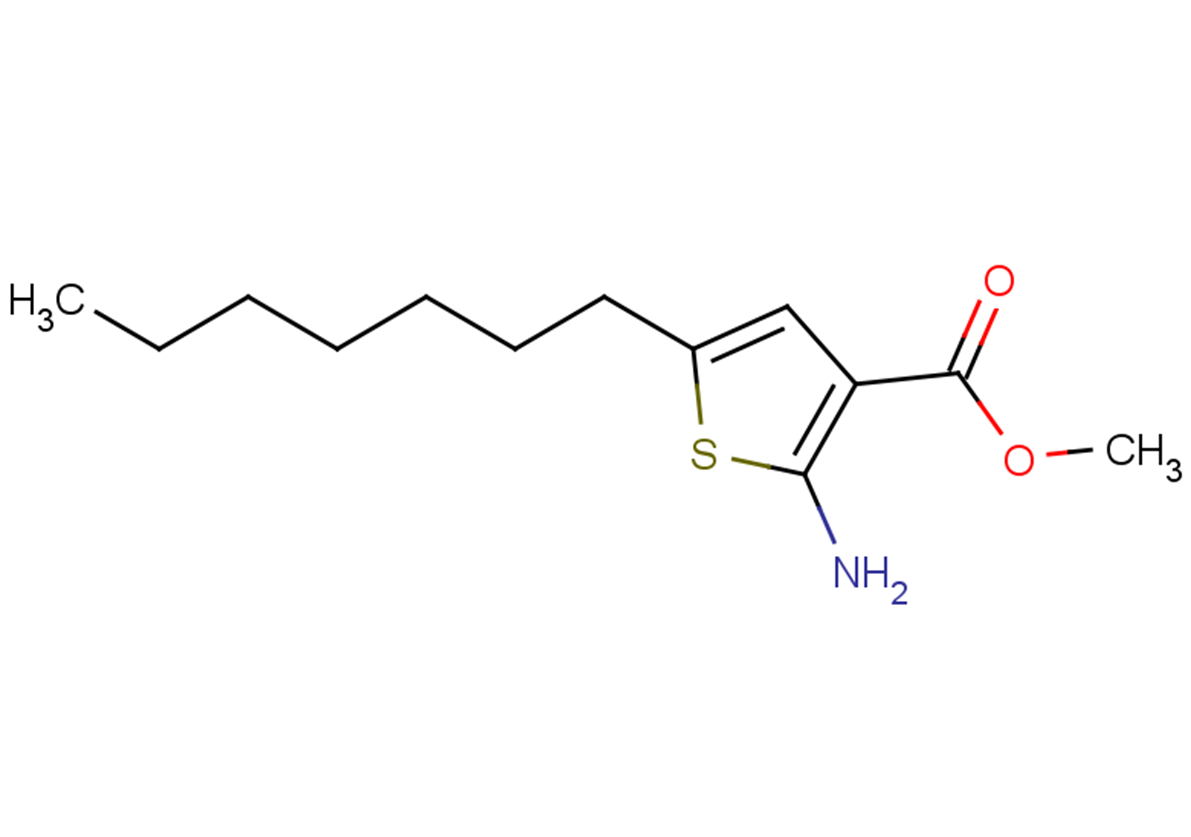
TJ191
CAS No. 1522415-97-9
TJ191( —— )
Catalog No. M23656 CAS No. 1522415-97-9
TJ191 is a selective anti-cancer agent, targeting low TβRIII-expressing malignant T-cell leukemia/lymphoma cells.
Purity : >98% (HPLC)
 COA
COA
 Datasheet
Datasheet
 HNMR
HNMR
 HPLC
HPLC
 MSDS
MSDS
 Handing Instructions
Handing Instructions
| Size | Price / USD | Stock | Quantity |
| 2MG | 35 | In Stock |


|
| 5MG | 58 | In Stock |


|
| 10MG | 87 | In Stock |


|
| 25MG | 177 | In Stock |


|
| 50MG | 295 | In Stock |


|
| 100MG | 484 | In Stock |


|
| 500MG | 1035 | In Stock |


|
| 1G | Get Quote | In Stock |


|
Biological Information
-
Product NameTJ191
-
NoteResearch use only, not for human use.
-
Brief DescriptionTJ191 is a selective anti-cancer agent, targeting low TβRIII-expressing malignant T-cell leukemia/lymphoma cells.
-
DescriptionTJ191 is a selective anti-cancer agent, targeting low TβRIII-expressing malignant T-cell leukemia/lymphoma cells.
-
In VitroTJ191(0-100 μM; 24 hours) exhibits pronounced anti-proliferative activity in malignant?cell?lines, the IC50 values are 0.13 μM, 0.13±0.08 μM, 0.26±0.19 μM, 0.22±0.11 μM, 1.5±0.02 μM, 0.32±0.086 μM, 3.1±0.5 μM, 0.26±0.16 μM in CEM, JURKAT, MOLT-3, MOLT-4, SUP-T1, MT-2, C8166 and HSB-2 cells, respectively. But has no effects in HUT-78 (IC50=17±10 μM) and MT-4 (IC50=47 ± 5 μM) cells.TJ191 (0.1-3 μM; 8 or 24 hours) induces CEM cell apoptosis in a concentration- and time-dependent manner. Even at 0.3 μM, TJ191 induces the maximum apoptotic rate of 80% after 24 h. Cell Viability Assay Cell Line:Malignant T-cell leukemia/lymphoma cells Concentration:0.01 μM, 0.1 μM, 1 μM, 10 μM, 100 μM Incubation Time:24 hours Result:Exhibited inhibitory effects in drug-sensitive cells with IC50 ranging 0.13 μM to 3.1 μM. Apoptosis Analysis Cell Line:CEM cell line Concentration:0.1-3 μM Incubation Time:8 or 24 hoursResult:Led to cell apoptosis.
-
In Vivo——
-
Synonyms——
-
PathwayApoptosis
-
TargetApoptosis
-
RecptorApoptosis
-
Research Area——
-
Indication——
Chemical Information
-
CAS Number1522415-97-9
-
Formula Weight255.38
-
Molecular FormulaC13H21NO2S
-
Purity>98% (HPLC)
-
SolubilityDMSO:10 mM
-
SMILESCCCCCCCC1=CC(C(OC)=O)=C(N)S1
-
Chemical Name——
Shipping & Storage Information
-
Storage(-20℃)
-
ShippingWith Ice Pack
-
Stability≥ 2 years
Reference
1.Ahmed El-Gazzar, et al. 2-Amino-3-methylcarboxy-5-heptyl-thiophene (TJ191) is a selective anti-cancer small molecule that targets low TβRIII-expressing malignant T-cell leukemia/lymphoma cells. Oncotarget. 2017 Dec 15;9(5):6259-6269.
molnova catalog



related products
-
Fmoc-D-Cha-OH
Fmoc-D-Cha-OH (FDCO) is an apoptotic DNase γ inhibitor that inhibits the release of HMGB1.
-
Soyasapogenol B
Soyasapogenol B has anti-cancer, hypocholesterolemic, anticomplementary, hepatoprotective effects, it inhibits proliferation of cultured Hep-G2.
-
LCS3
LCS3 is a reversible and non-competitive synergistic inhibitor of glutathione disulfide reductase (GSR) and thioredoxin reductase 1 (TXNRD1) with IC50s of 3.3 μM and 3.8 μM, respectively.



 Cart
Cart
 sales@molnova.com
sales@molnova.com


